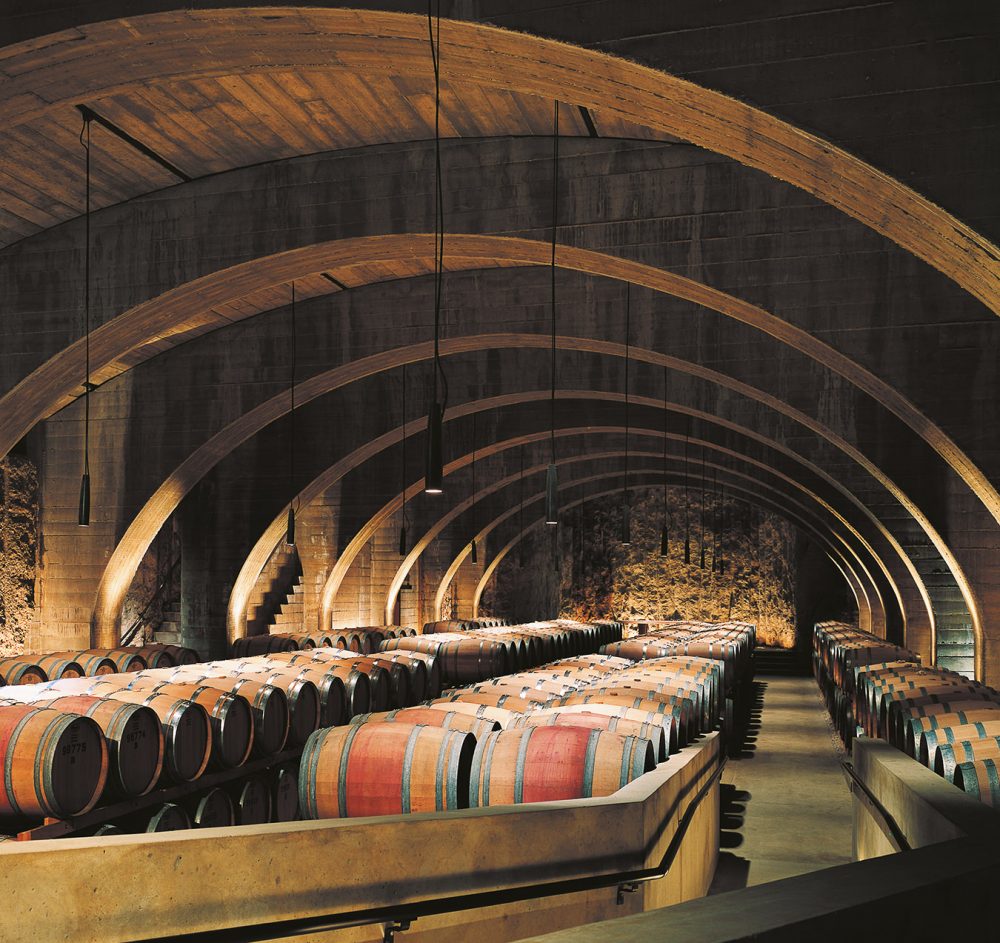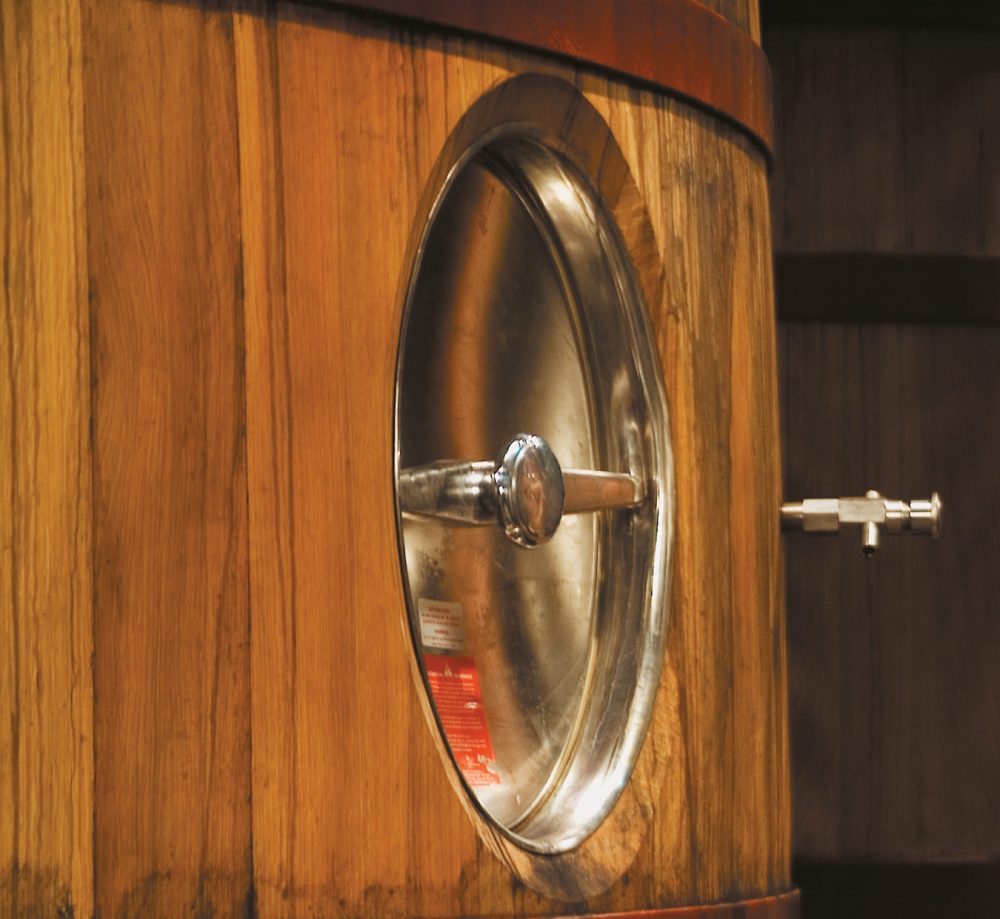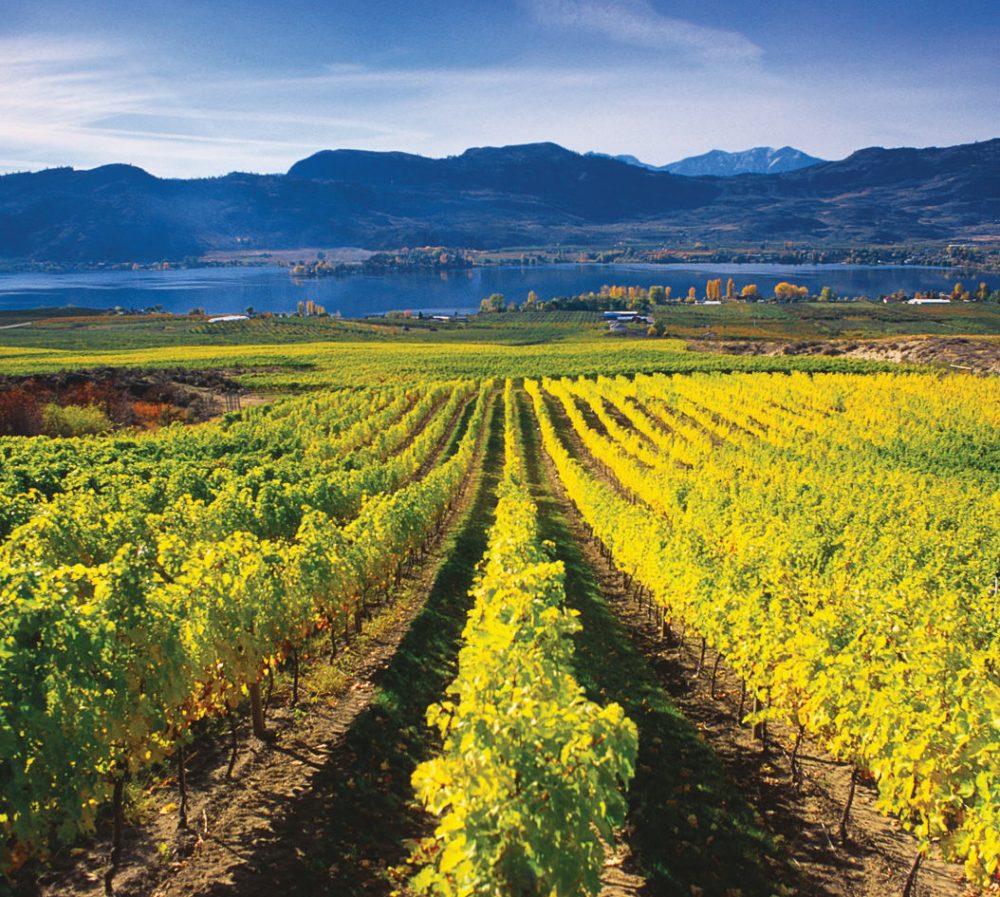It takes something special for a big winery to focus on doing something small. After all, a many elements of big business—efficiencies of scale, reducing production costs, squeezing profit margins—go against the nature of handcrafting fine wine. Yet that is exactly what Mission Hill started doing in 2005 when they overhauled the vineyards and winery to focus on making small batches of top-quality wine. We are now starting to see the pleasant results.
Great wine starts in the vineyard, and the best sites will produce the tastiest grapes year after year. One of the exciting developments in B.C. wine is that as the vines get older, the best sites start to emerge; the notion of B.C. terroir is becoming a reality. Mission Hill has noticed that certain vineyards in Osoyoos are consistently producing the best grapes, routinely making up the majority of the blend in their top reds top reds—Compendium, Quatrain and Oculus. “Now that we know which are the best sites, we can manage the vineyards for premium quality from the start,” says winemaker John Simes.
In fact, the Mission Hill vineyard operations are becoming increasingly high tech. They use climate data, aerial photographs and varied canopy and trellising methods to get the best from each variety and each site. And these are just the first of the investments that have taken the quality up a notch. Some of the greatest developments, however, have come from within the winery.
It was big news a few years ago when it surfaced that world-renowned oenologist Michel Rolland was consulting for Mission Hill. Notoriously expensive and sometimes chastised for enforcing a cookie-cutter style, Rolland, it seems, has had a very positive impact on Mission Hill. He has given owner Anthony von Mandl the confidence to spend the money necessary to take the next quality step. And what von Mandl invested in was winemaking equipment: tools for John Simes and his team to “get more out of the grapes,” Simes says.
In 2005, Mission Hill invested in a basket press, small oak vats to allow gentle fermentation of small batches, sorting tables to pick out any substandard grapes, gentle gravity-fed winemaking, climate control in the cellar—all of which demonstrates their commitment to enhancing the process, from the vineyard right through to the bottling of the wines, making them ready for our consumption. This year will be the sixth harvest that benefits from the new winemaking tools.
Currently the top wines in the Legacy Series are the red blends Compendium (cabernet sauvignon–based), Quatrain (merlot and syrah–based) and Oculus (merlot-based), along with a chardonnay called Perpetua. From the 2009 vintage, a single-vineyard riesling, Martin’s Lane, was made in conjunction with famed German winemaker Fritz Hasselbach. And with recent investments in new suitable sites, pinot noir is sure to make it to the top tier in the next few years. Based on the advances made to date, the quality developments are sure to continue, and the big company will continue defying the notion that only small wineries can make top-quality handcrafted wine.
Photos: Paul Warchol.











